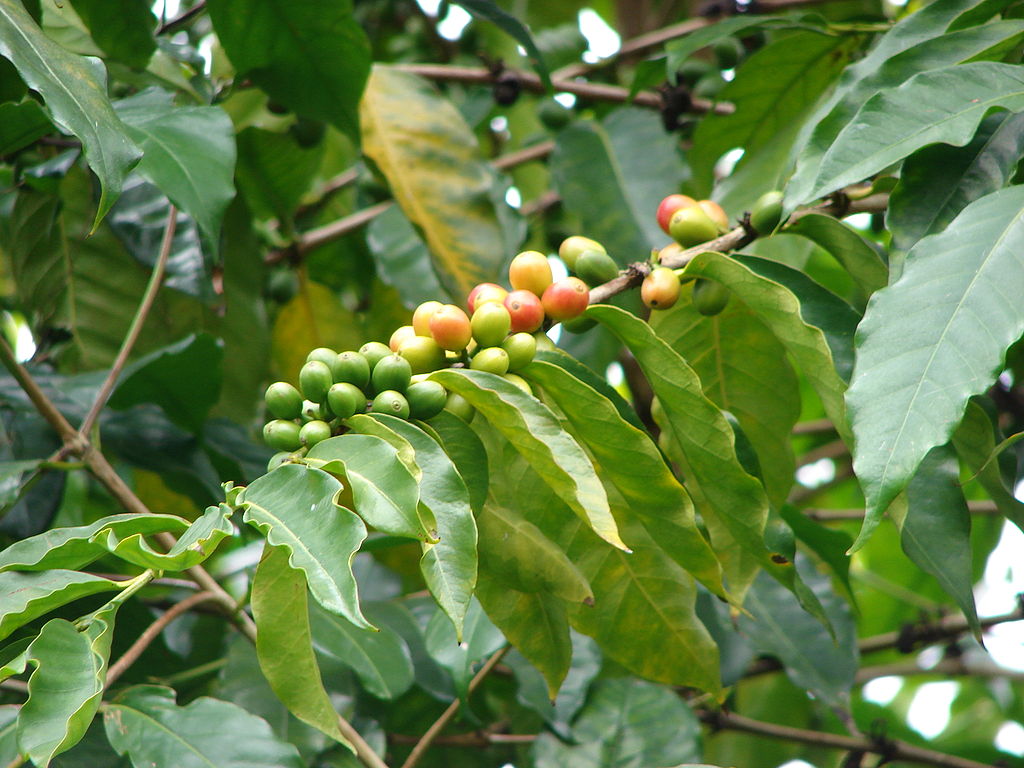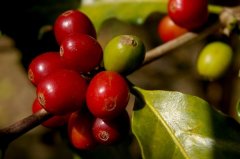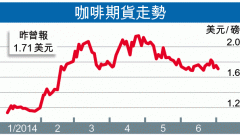How do small farmers in Guji, a small coffee producing area in Sidamo, deal with raw coffee beans?
Coffee that is easy to water

Product name: Guji Amberra Guji Ambela
Country: Ethiopia Ethiopia
Producing area: Guji Guji
Grade: Grade 1
Treatment method: sun treatment method Natural Process
Variety: Ethiopian native species Ethiopian Heirloom
Altitude: 1900-1980 m
Flavor: Cherry, cranberry, citrus, Assam black tea, sugar
The town of Binitu Ambela District is located in the Guji Zone district of Oromia (Oromia State) in southern Ethiopia. It is about 1900 to 1980 meters above sea level. The local average daily temperature is 20-25 degrees Celsius, the night average temperature is 15 degrees Celsius, and the average annual rainfall is 1200-1800 mm. The soil for growing coffee is red brown fertile loam, and the species that provide shade for coffee trees are rag wood and acacia. Coffee is harvested from November to January of the following year, with a staff of about 6,000 people. Other crops planted are corn and bananas.
The coffee cherries are dried directly on the field, and after drying on the coffee bed for 21 days, they are sent to a treatment plant in the urban area of Yegashafi for follow-up treatment.
Important Notice :
前街咖啡 FrontStreet Coffee has moved to new addredd:
FrontStreet Coffee Address: 315,Donghua East Road,GuangZhou
Tel:020 38364473
- Prev

Introduction of the associated Shakiso processing plant in Xidamo Coffee Guji producing area and Xiaqisuo Micro-producing area
For the exchange of professional baristas, please follow the coffee workshop (Wechat official account cafe_style) Product name: Guji Kaiyong Mountain Guji Kayon Mountain country: Ethiopia Ethiopia producing area: Guji Grade: Grade 1 treatment method: tanning treatment Natural Process varieties: Ethiopian native species Ethiopian Heirloom altitude: 1900-2200
- Next

Brazilian coffee bean production reduces global coffee prices rise what brands of Brazilian coffee beans are cheap
Professional coffee knowledge exchange more coffee bean information please follow the coffee workshop (Wechat official account cafe_style) everyone would like to sigh a cup of coffee in the morning, in the future there will be two more mosquitoes! Brazil, the world's largest producer of coffee beans, suffered from drought and fungus at the beginning of the year, resulting in a sharp drop in coffee bean production and a sharp rise in prices, triggering a chain reaction of price increases. Some local wholesalers buy expensive coffee beans, each cup
Related
- Detailed explanation of Jadeite planting Land in Panamanian Jadeite Manor introduction to the grading system of Jadeite competitive bidding, Red bid, Green bid and Rose Summer
- Story of Coffee planting in Brenka region of Costa Rica Stonehenge Manor anaerobic heavy honey treatment of flavor mouth
- What's on the barrel of Blue Mountain Coffee beans?
- Can American coffee also pull flowers? How to use hot American style to pull out a good-looking pattern?
- Can you make a cold extract with coffee beans? What is the right proportion for cold-extracted coffee formula?
- Indonesian PWN Gold Mandrine Coffee Origin Features Flavor How to Chong? Mandolin coffee is American.
- A brief introduction to the flavor characteristics of Brazilian yellow bourbon coffee beans
- What is the effect of different water quality on the flavor of cold-extracted coffee? What kind of water is best for brewing coffee?
- Why do you think of Rose Summer whenever you mention Panamanian coffee?
- Introduction to the characteristics of authentic blue mountain coffee bean producing areas? What is the CIB Coffee Authority in Jamaica?

